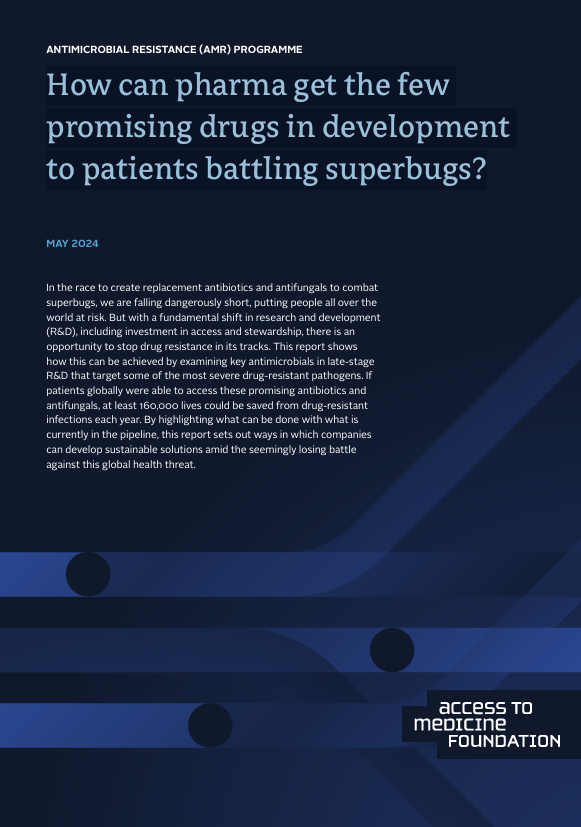
How can pharma get the few promising drugs in development to patients battling superbugs?
This report examines the barriers to bringing new antibiotics to market, highlighting funding gaps, regulatory uncertainty, and weak commercial incentives. It outlines policy solutions to improve access and development, aiming to address the growing threat of antimicrobial resistance (AMR) by supporting viable pathways for pharmaceutical innovation.
Please login or join for free to read more.

OVERVIEW
About this report
This report explores why few promising antibiotics make it to patients amid rising antimicrobial resistance (AMR). It draws on company case studies, pipeline analysis, and expert insights to examine barriers and propose policy changes to fix the antibiotics market.
Executive summary
The antibiotics market is commercially unviable, with limited incentives to develop and launch new drugs. Biotechs, which drive over 80% of R&D, often face insolvency even after product approval. Despite some public investment, critical gaps remain in late-stage funding and post-approval sustainability. New pull incentives, such as subscription models, are needed to ensure access and innovation.
Introduction
Bacterial resistance is escalating, yet few new antibiotics are reaching patients. Existing market dynamics discourage investment due to low sales volumes, high development costs, and stewardship practices that limit usage. This has led to a withdrawal of major pharmaceutical firms and increased reliance on small, under-resourced companies.
Access and stewardship during R&D
Most companies prioritise stewardship and access planning during development. For example, more than 60% of recently approved antibiotics had some form of access or stewardship plan. However, constraints in manufacturing, regulatory clarity, and limited commercial returns undermine these efforts, especially for companies operating with minimal resources.
Analysis: Company case studies
The report examines experiences of companies including Achaogen, Melinta, and Venatorx. Achaogen filed for bankruptcy shortly after FDA approval due to low sales. Melinta underwent restructuring following insufficient uptake of its products. Venatorx remains in development but highlights the importance of public-private partnerships for survival. These examples show how success in R&D does not translate into commercial viability without stronger market support.
Analysis: wider R&D landscape
Only 12 new antibiotics were approved between 2017 and 2023, with few targeting WHO-priority pathogens. Around 80% of antibiotic development is led by SMEs, with limited access to late-stage funding. Regulatory misalignment and limited global coordination further delay progress. Fewer than five truly novel drugs are expected in the next five years.
Key findings
- The antibiotic pipeline is insufficient to tackle AMR.
- Biotechs are driving innovation but lack commercial sustainability.
- Existing push funding supports early development, but late-stage gaps persist.
- Stewardship restricts sales, deterring investment.
- New pull incentives are urgently required.
Spotlight
The UK’s subscription model offers a promising example, where companies receive fixed payments for access rather than volume sold. Other countries, including the US, Japan, and Sweden, are exploring similar models. The report underscores that coordinated international adoption—by just 10–15 countries—could stabilise the antibiotics market globally.
Recommendations
- Expand pull incentives, including subscription models, to reward innovation and availability.
- Improve international coordination on regulatory approval and value assessment.
- Clarify global health priorities to provide demand signals to developers.
- Ensure that access and stewardship remain integral to development plans.
- Support SMEs through late-stage funding and market entry mechanisms.
List of abbreviations
Includes key terms such as AMR (antimicrobial resistance), R&D (research and development), and WHO (World Health Organization).
Definitions
Clarifies terms like “pull incentive,” “subscription model,” and “access plan” used throughout the report.
References
Cites data sources, policy documents, and academic research supporting the analysis.

